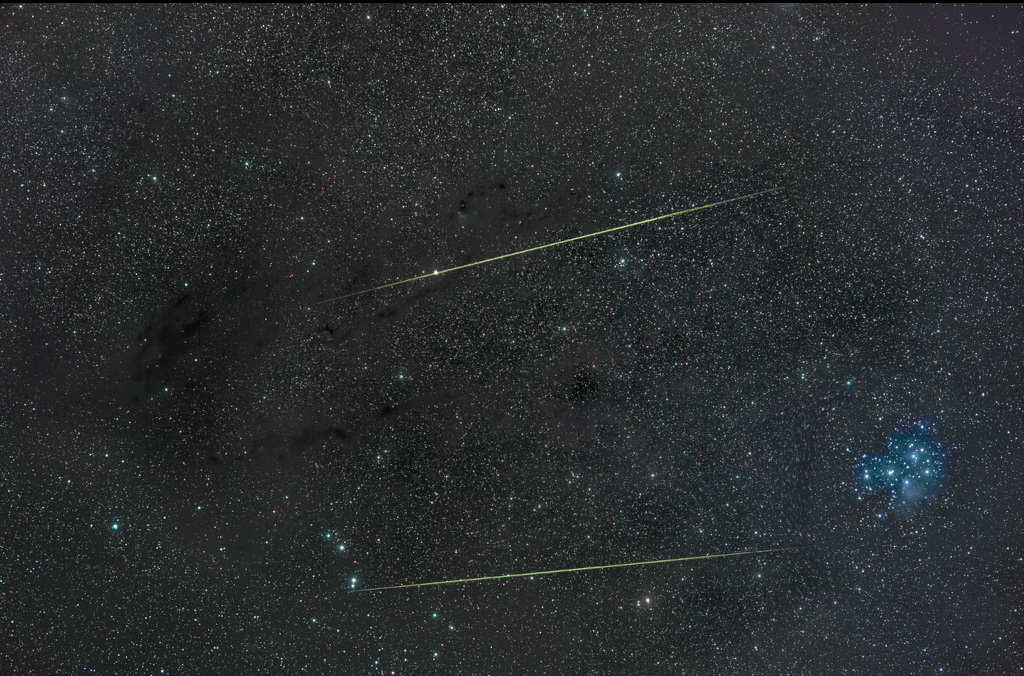
History's first known periodic comet, Comet Halley (1P/Halley), returns to the inner Solar System every 76 years or so. The famous comet made its last appearance to the naked-eye in 1986. But dusty debris from Comet Halley can be seen raining through planet Earth's skies twice a year during two annual meteor showers, the Eta Aquarids in May and the Orionids in October. In fact, an unhurried series of exposures captured these two bright meteors, vaporizing bits of Halley dust, during the early morning hours of October 23 against a starry background along the Taurus molecular cloud. Impacting the atmosphere at about 66 kilometers per second their greenish streaks point back to the shower's radiant just north of Orion's bright star Betelgeuse off the lower left side of the frame. The familiar Pleiades star cluster anchors the dusty celestial scene at the right.
from NASA https://ift.tt/mbHQ5xD
Comments
Post a Comment